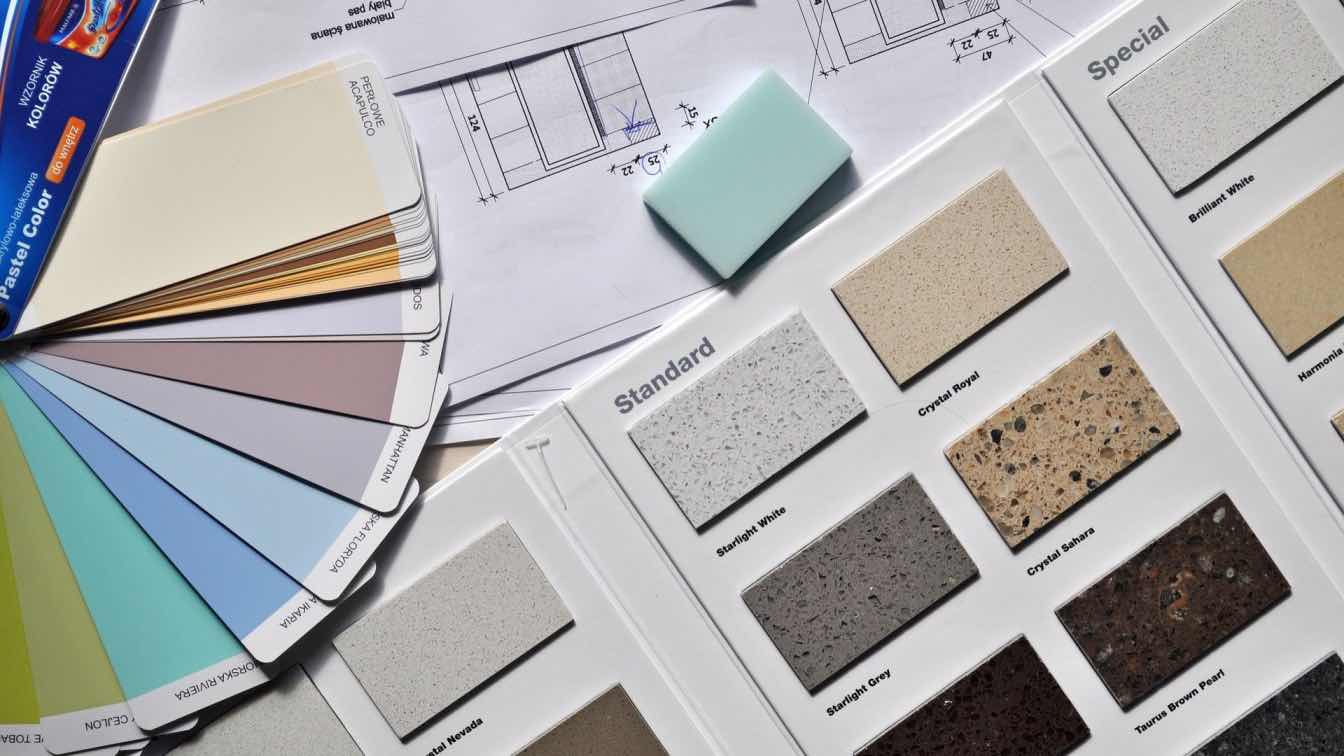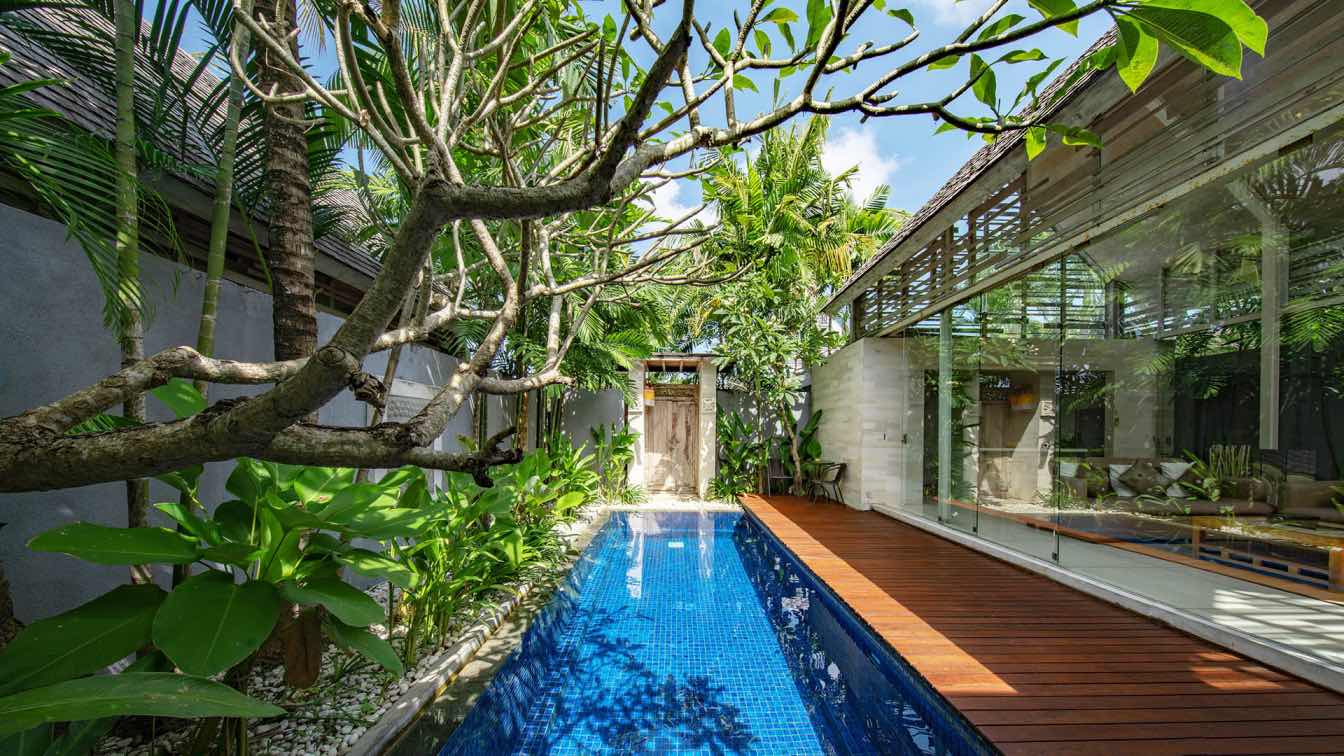Interior design is an industry that is constantly evolving to leverage new technologies and meet changing consumer demands. While the core principles of interior design remain focused on aesthetics, space planning, and creating functional environments, the tools and techniques designers use are being radically transformed by technology. Here are some of the key ways that technology is impacting the future of interior design.
Advances in Design Software
One of the biggest technological shifts in interior design is the move toward sophisticated design software. Plenty of paid and free home building software allows designers to create 3D renderings and walkthroughs of interior spaces. Designers can use these programs to experiment with different layouts, materials, lighting, and furniture arrangements in a virtual environment. This enables them to iterate and refine designs efficiently before construction even begins.
These programs also make it faster and easier for designers to produce floorplans, create photorealistic renderings, estimate costs, and share designs with clients. Many even let clients customize finishes and make selections for fixtures and furnishings from digital catalogs. This allows for greater collaboration and speeds up the design process. Expect interior design software to become even more immersive and intuitive in the future.
Virtual and Augmented Reality
Virtual reality (VR) and augmented reality (AR) are some of the most exciting emerging technologies for interior design. With VR headsets, clients can literally walk through and experience proposed spaces immersively. This gives designers far greater ability to communicate spatial relationships, proportions, and material details compared to 2D drawings or even 3D renderings. VR allows clients to make more informed decisions and provide meaningful feedback to designers.
AR also has intriguing implications for interior design. AR apps can overlay digital information onto real-world environments via mobile devices. Designers could use AR when surveying existing spaces to take measurements or test different layouts and furnishings in context. AR could also help showcase design concepts directly in the environment where they will be implemented before construction begins. Expect VR and AR to become standard tools for interior designers in the future.
The Internet of Things and Smart Home Technology
The Internet of Things (IoT) and smart home technology provide designers exciting new possibilities for creating intelligent, connected environments. From lighting fixtures, thermostats, security systems and appliances, designers now have a far wider palette of digitally-controlled and integrated products to furnish interior spaces. Voice assistants like Amazon Alexa also allow for hands-free control over many aspects of a home.
This smart technology gives designers greater ability to customize and automate a space to best meet a client’s lifestyle and needs. Smart home dashboards and mobile apps also enable clients to easily control systems and change settings on demand. Integrating and programming all of this technology seamlessly presents new challenges and opportunities that the interior designers of the future will have to master.
Data-Driven Design
Data is starting to revolutionize all aspects of interior design. Design software now allows users to input precise dimensions, import floorplans, model furnishings, and apply accurate material finishes. This reduces guesswork and produces data-rich 3D models perfect for extracting lighting requirements, environmental analyses, acoustic studies, cost estimates and more. Data enables evidence-based design grounded in math and physics rather than intuition alone.
In addition, designers can leverage data to inform material selections that maximize health, wellness, sustainability, and energy efficiency. Data on lighting levels, air quality, acoustics, ergonomics, and other factors is leading to more environments scientifically calibrated for human comfort and performance. Expect data-driven design processes and an emphasis on quantifiable metrics to shape interior design in the future.
Automation for Construction and Fabrication
Advanced automation and robotics are coming to various facets of interior construction and custom fabrication. Robots can precisely cut, shape, and finish materials faster and more accurately than human hands alone. Computer-controlled fabrication of tile, stone, glass, metals, plastics, textiles, wood, and concrete enable designers to economize costs and implement designs not possible manually.
Expect to see prefabricated modular interior systems, made in factories by robots, transported and installed onsite with minimal labor. Automation will allow designers to be more ambitious, waste less, and bring unique visions to life. However, it also poses the challenge of integrating automated fabrication and prefabricated systems into spaces harmoniously. Interior designers will need to be at the forefront of leveraging automation in ways that enhance rather than detract from human-centric design.
Technology is rapidly transforming tools, processes, and possibilities across the interior design field. From software to smart home systems, virtual reality to automation, designers now have an expanding technological toolkit to create cutting-edge environments. While technology will never replace creative vision and problem-solving, it can augment the capabilities of designers exponentially. The interior designers of the future who embrace new technologies while staying rooted in design principles are poised to shape the next generation of dynamic human-centered spaces.





